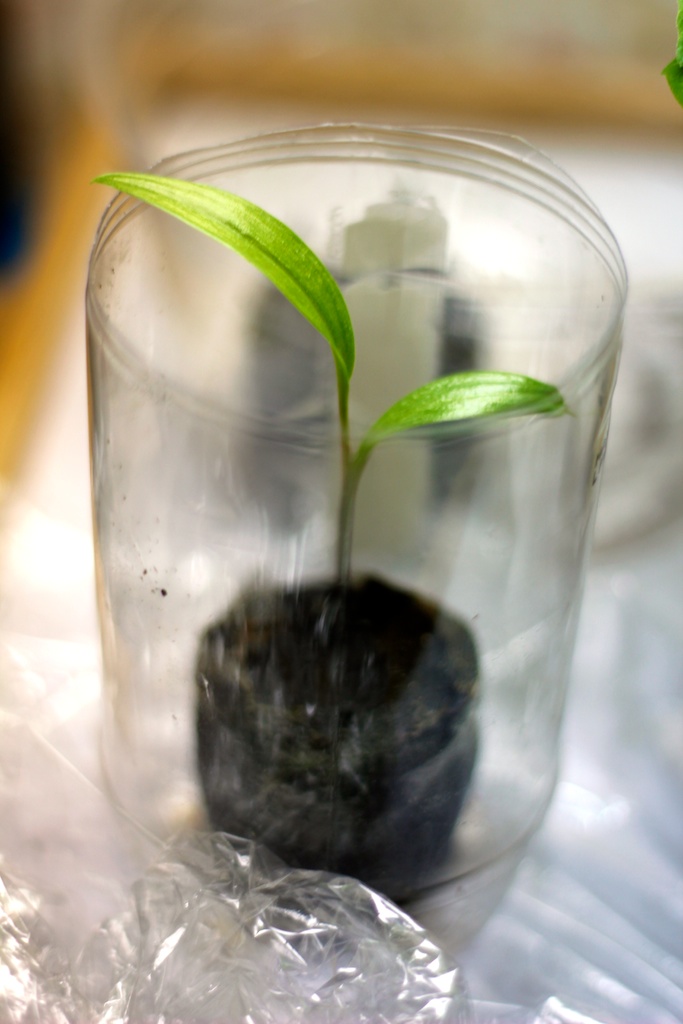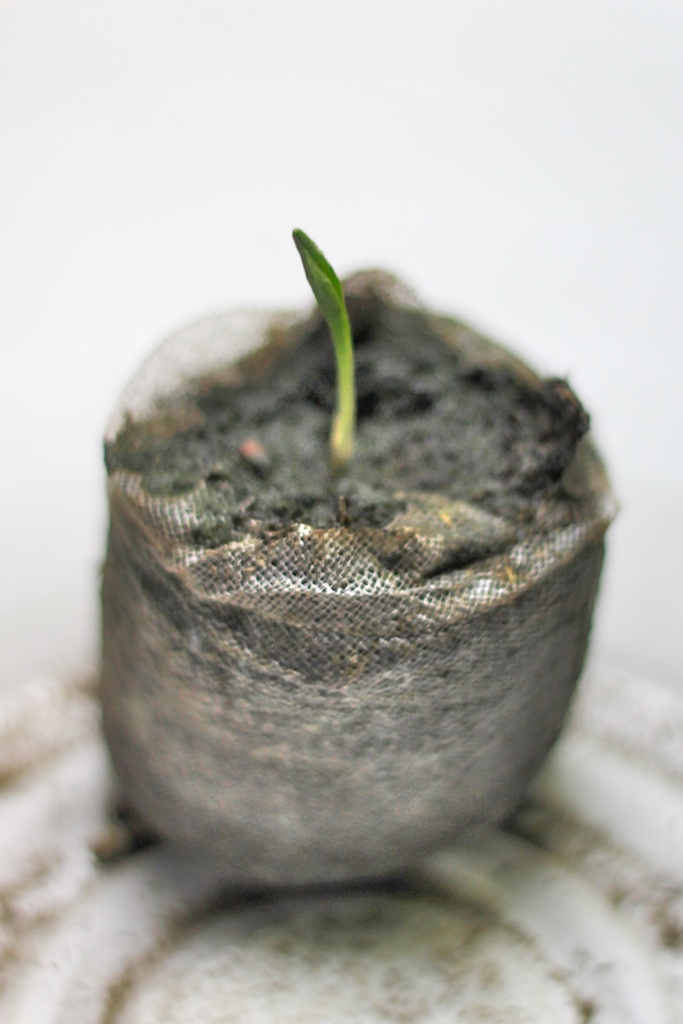Today I harvested all the ripe berries from my belladonna plant. The seed extraction was fairly easy, but it got messy. The belladonna fruits release a very dark staining blue-violet color when broken. The fruits are similar in structure to a tomato, unsurprising since they are both members of the Solanaceae family. However, the berries are much smaller than tomatoes, about the size of a marble or a grape, so it’s a little harder to separate the seeds. Once I got them out, it became easier because the seeds sank while the leftover fruit tissue floated. I used a colander and some coffee filters to isolate the seeds. There were many seeds.
I have saved all plant matter from the belladonna, including leaves and dead flowers. I don’t expect I’ll be extracting any of the compounds like atropine, but I figured I’d dry them out and hang on to them just in case. The plant is still going strong and there are more berries developing, but it’s definitely past its prime and I’m not sure how much longer it will last. Belladonna is a perennial, but I’ve been growing it like an annual.
My blue orchid just dropped its flowers, though the plant is thriving. It’s a Phalaenopsis so it will produce another spike before long. Chinese lanterns are doing well. I’m most excited about two Colchicaceae plants finally germinating. Only one seed of each species I planted, Colchicum autumnale and Gloriosa superba, germinated successfully. I discovered a protocol to extract colchicine from the bulbs of these plants, though the compound is much more toxic than the atropine in belladonna and can cause harm or even death just by touching (absorbing) or inhaling the compound (today my hands were purple from mushing belladonna fruits and I’m doing just fine). Colchicine is very useful in genetics, though, because it inhibits spindle formation during cellular mitosis and is therefore useful for preparing slides showing various stages of mitosis (because it stops the process). It can also be used to induce polyploidy in many plant species. Pure colchicine is extremely expensive, so I figured I’d try making my own. Photos are below.
Many glossy black berries distinctive of belladonna
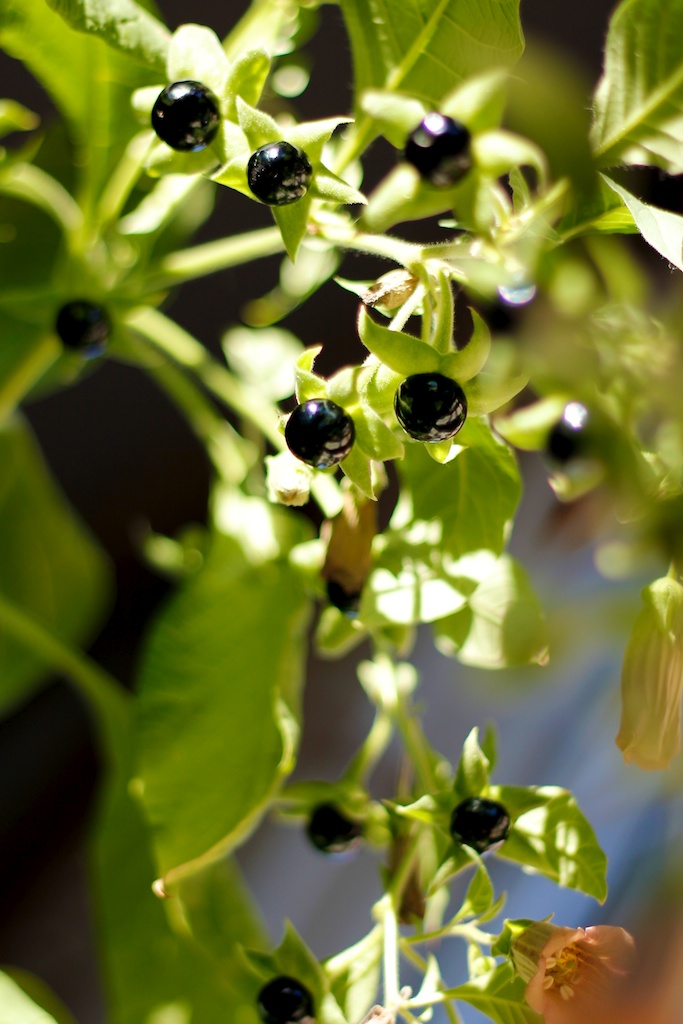
Close-up of the berries
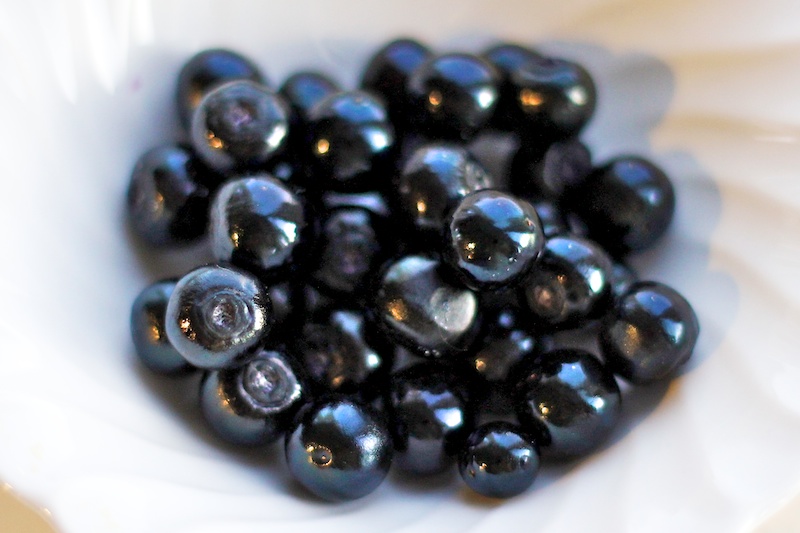
The blue-violet color and seeds released from a single berry
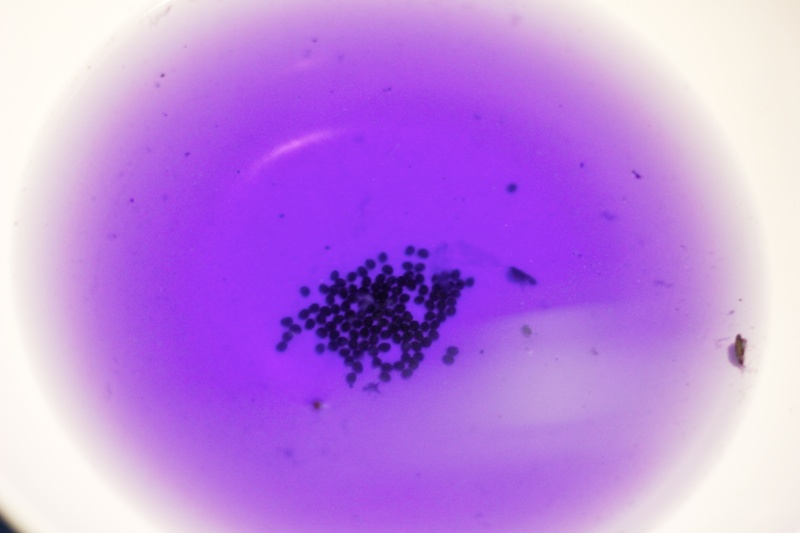
The tomato-like fruit structure of belladonna
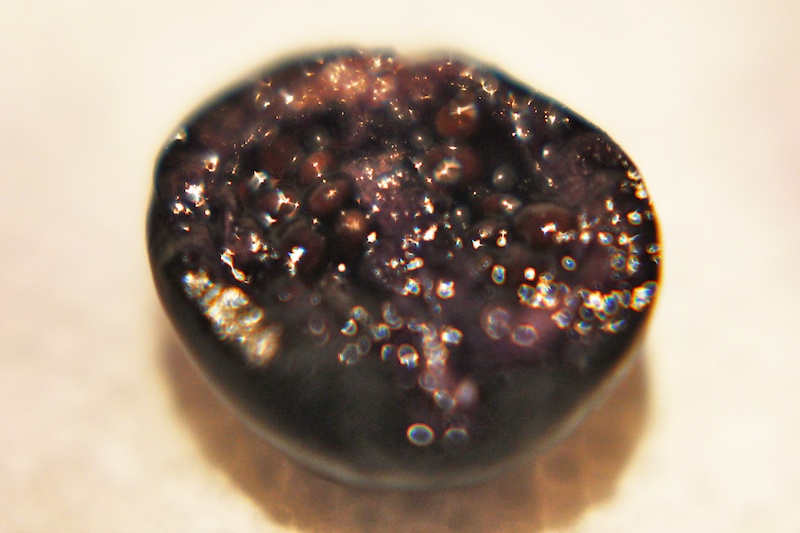
Close viewing of the seeds shows bumps on the seed coat
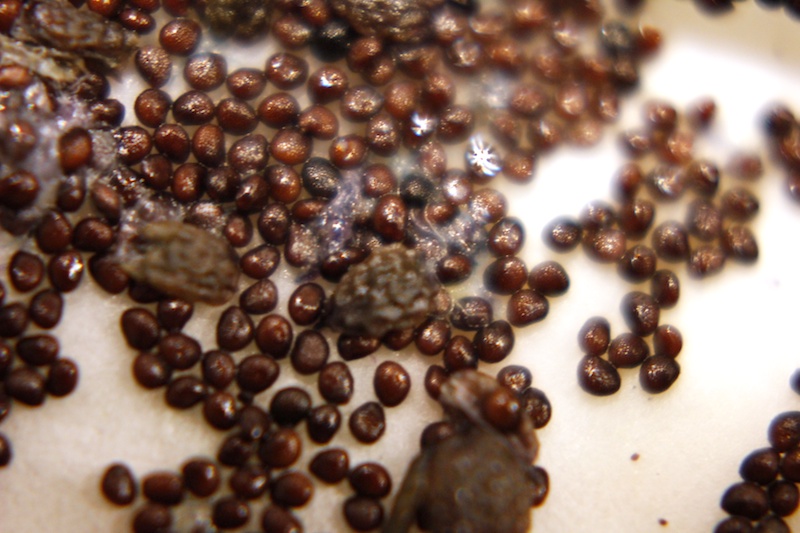
All the seeds extracted from all the berries, drying on a coffee filter
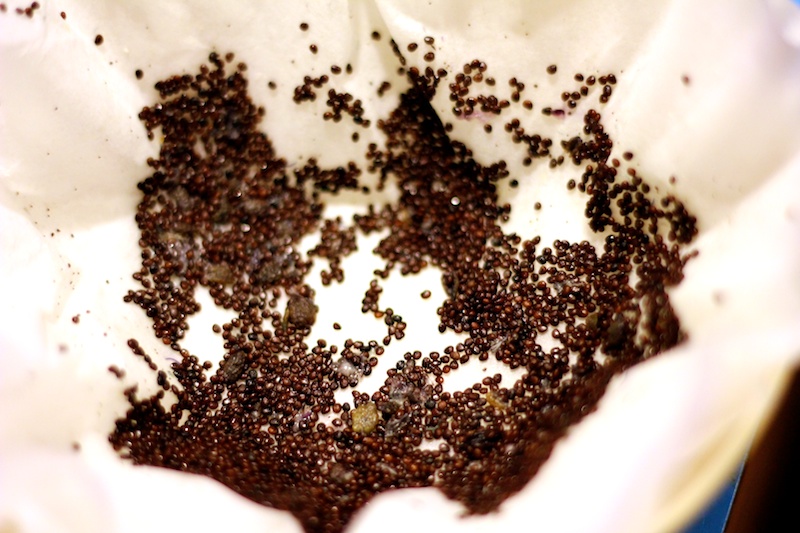
The Chinese lanterns have grown quite a bit, but they have a long way to grow and need to be repotted soon.
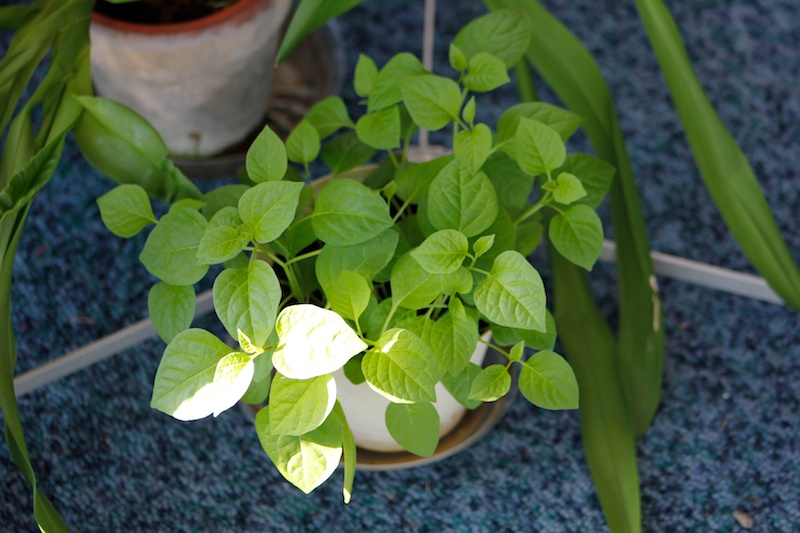
I was having so much trouble inducing germination in these Colchicaceae seeds, I lost track of which one was which (which one was Colchicum autumnale and which one was Gloriosa superba). That said, the coleoptiles were quite distinct and so I suspect they are different species. I will have to wait for further growth before I can differentiate them. The mature plant structure of each plant is very different and there will be no mistaking them, even in the absence of an inflorescence.
